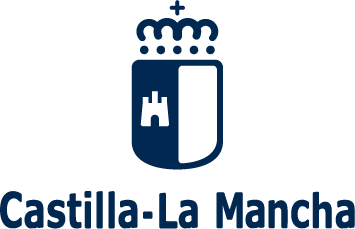Workers, the whole local community, refugees, tourists, new potential workers/inhabitants, students; researchers, video-makers, etc.
Private / public
This case study deals with the issue of village regeneration through a holistic approach.Ostana is a small village based, in Piedmont region (North-West Italy), in Western Alps at 1,300 metres above sea level, with a privileged view on Monviso mountain (3,841 metres).
In the last century there has been a strong depopulation process, passing from 1,200 inhabitants in 1921 to 5 in 1985. Since then, an innovative repopulation process has been activated and today Ostana counts 80 inhabitants and in summer it hosts about 400-500 tourists.
This process has been promoted by a visionary local administration and its Mayor in a continuous public-private cooperation: the concept was to consider mountain not only as a leisure place but as a place to live in. With this aim, innovative strategies were adopted. At the beginning this vision was based on three main factors: natural environment, alpine architecture and cultural heritage. Since 2000’s the initiative has become more complex and holistic and has been opening to the outside, creating new networks, attracting people and new economic, cultural ed educational activities.
From an environmental point of view, ancient tracks have been recovered and tourism and hospitality have been revitalized. A relevant architectural recovery project on the existing heritage has been realized, based on the respect of natural and traditional materials (wood and stones). Regarding cultural heritage, a strong respect and recovery of the traditional “Occitan” culture acts as a connector, a kind of fil rouge inspiring actions and new projects.
During the last 10 years new economic activities started in Ostana. Some of them are private such as a holiday farm, an organic farm, a wellness forest, a tree house, a B&B; others are public/private initiatives, such as a mountain hut hotel, an info point and local products shop, a bakery, a cultural centre (with bar and hostel), a wellness centre.
As for education, some specialized institutes have been attracted: a video-making school, an interdisciplinary research institute on sustainability and eco-design, an inter-university centre.
Recently, small groups of refugees have been hosted and voluntary work for public goods have been promoted: this is an example of social innovation where natives, non-natives and refugees can cooperate together. Networks are constantly evolving, from local to international level: for instance, Ostana is one of the Most Beautiful Villages of Italy (a brand that promotes the safeguard, recovery and enhancement of small villages at risk of depopulation). Moreover, it is the first Italian village included in the Smart Rural Areas 21 network in 2021.
The promoters of this project can count on a strategic vision with a holistic approach, that includes cultural heritage and environmental care, such as a living laboratory for sustainability transformations and eco-social design in the mountain. This best practice has many positive aspects:
• Strong focus on community building, with the intense participation of the inhabitants (= collective project), also with the commitment of local stakeholders.
• Economical and educational growth, thanks to entrepreneurial activities.
• Knowledge transfer management (learning process from old to new generations).
• Innovative strategies that make the territory more attractive for tourists, so as for young people and families with motivated and enthusiastic engagement, to live there.
• Variety and heterogeneity of new population (a social laboratory for integration aspects has been set up).
• Preserving old buildings, with the maintenance of alpine traditional architecture in a natural environment, ancient tracks recovery and respect for old traditions.
• Social & cultural innovation with rural/urban relationship.
• Strong public/private relationship and collaboration with the involvement of the City Council.
• The practice succeeds in keeping a cultural heritage alive, raising awareness and making it attractive for seasonal tourists.
• Successful social media and communication management.




Despite the negative demographic trends, it is sound to expect that the COVID-19 pandemic might have a positive effect on territorial repopulation. If the rural territories are able to guarantee basic services (transport, education, health) people will be willing to move out of urban areas and prefer living in rural areas. The reason why is the big outbreak of home-working, which allows to work almost from everywhere there is a sound internet connection.